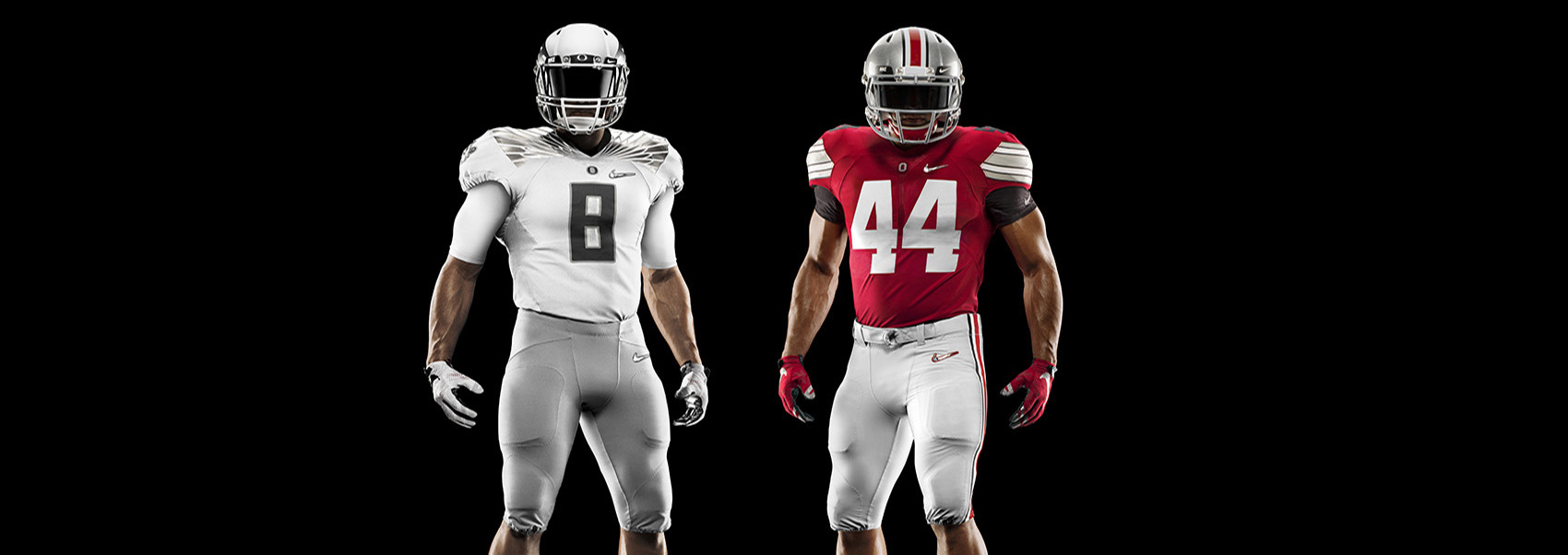It’s officially preseason. In the middle of all the jaw-breaking and bad courtroom sketches, football is actually being played. In fact it’s that time of year where established players are prepping for their season, rookies are just trying to fit in and aspiring players are trying to make the cut. Which raises an interesting question. Why doesn’t the NFL have a minor league system for these aspiring footballers?
The NFL is the most successful professional sports league in North America. In terms of revenue, television ratings, and growth, it has surpassed Major League Baseball, the NBA, the NHL, and even NASCAR’s Sprint Cup Series. But unlike those leagues, it does not have a viable minor league or developmental system for its players. Baseball and hockey have some of the oldest farm systems in pro sports, the NBA’s Developmental League has seen steady growth in recent years, while NASCAR’s Xfinity Series has gained it’s own popularity.
The NFL unfortunately drags behind the other leagues in this department, but that could be changing. Recently, former NFL head coach Jim Fassell told Sirius XM Radio “Don’t be surprised if there was a really good spring league opening next year in the NFL.” The league has tried this before. From 1991 to 2007, the NFL operated NFL Europa – also known as NFL Europe and the World League – which became their only minor league system to date.
The league played its games from April through June in soccer venues in Espana, Germany, England, the Netherlands, and Scotland. While the league did have national television exposure (USA Network, ABC, Fox Sports, NFL Network), playing American Football where futbol reigned supreme during the heart of baseball season ultimately led to NFL Europa’s demise. The silver lining however is that the league will always be remembered for launching the career of Hall of Fame quarterback Kurt Warner, and saving the careers of players such as Jake Delhomme, Michael Bishop, and Brent Grimes. But now more than ever, it is in need of a developmental league that they can control for these reasons….
Player Development
College football is currently the largest pipeline for talent. But with many schools running spread offenses and cover-1/zone hybrid defenses, many prospects aren’t properly prepared for the pro game. This has led to many college players becoming “busts” in the NFL. A developmental league can help some of these players develop the necessary skills and techniques needed at the next level.
No Alternative Leagues
Beyond the National Football League there aren’t many other choices for players to apply their craft. There was a point in time where the Arena Football League was considered a nice alternative. But after the league’s financial issues of 2009, the AFL has gone from playing it’s players a few thousand dollars per game, to just a couple hundred per game. The Canadian Football League has always been a good place for players to sharpen their skills, but player salaries are nowhere near those of NFL players.
Then other leagues such as the Indoor Football League, Fall Experimental Football League, and X-League Indoor Football among others don’t pay enough money for players to live off of.
The Failure of Other Leagues
Many football leagues have come and gone over the years. The most notable being the United States Football League (1983-1985), the XFL (2001), the National Indoor Football League (2001-2008), and the United Football League (2009-2012). The USFL – the NFL’s most successful competitor to date – went under when they went bankrupt after unsuccessfully suing the NFL, the XFL’s association with pro wrestling led to it’s downfall, the NIFL couldn’t sustain itself financially with teams constantly folding and moving, and the UFL suffered from a lack of interest because all of it’s teams were located in small markets.
So having a developmental league will not only be good for the NFL, but it will help pro football as a whole. Not every player makes an NFL roster and those players need options.

